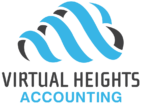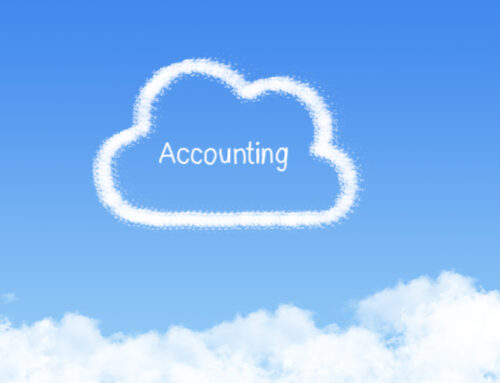. Your business records produce patterns in financial data known as financial trends. Identifying financial trends in your business using Xero reports can tell you the direction in which your business is going. This is important so you know if you’re on track or if you need to rethink your current strategy.
A business is nothing without its financial reports. They are a representation of the business’s health and will help you make important decisions. To properly analyze your business’s financial reports, you must know what you are looking for. There are five key metrics to examine on a regular basis. By understanding these metrics, you can make better decisions. Keep reading to learn how to analyze your business’s financial reports as well as how to stay on top of your business finances.
Financial Trends in Your Business
If you’re just starting out, you won’t have a lot of comparative data for your business. Comparative data allows you to analyze your financial information by comparing the current year to previous years. You can even forecast where you business is heading if you have a number of years’ worth of data to pull from.
If this is the case for your business, you’ll want to compare your data to industry standards. You can find these on sites like Canadian Industry Statistics and the Government of Canada Financial Performance Data. Keep in mind these sites aren’t always up to date with the current year’s data. They’re also based on averages and any number of factors could skew the results (such as a global pandemic). Nevertheless, they can still be a great source of insights.
Once you’ve been in business for a couple of years, you have data you can analyze without looking at industry standards. Even if you’ve only been in business for one year, you can still compare monthly data. The types of trends you are looking for include numbers that increase or decrease consistently over time and stand out numbers that are exceptionally low or high.
How to Analyze Your Financial Reports
In order for your business to be successful, you must be able to analyze your financial reports. This allows you to make informed decisions about how to run your business and what steps you need to take in order to grow. If you aren’t able to analyze your financial reports, you may not be able to spot the warning signs of a potential problem. This will make it difficult for you to react quickly, and take action to prevent your business from going under.
You need to analyze key financial reports like your income statement (also known as profit and loss), your balance sheet, and your cash flow statement. On the income statement, you want to look for patterns such as steadily increasing or decreasing numbers over time and stand out (very low or high) numbers as mentioned above. These types of numbers can alert you to errors and/or potential problems.
If you have an explanation for the stand out number that’s fine. But if not, you’ll want to keep investigating. For example, many businesses relying on vehicles to operate are currently experiencing an increase in fuel costs due to the high price of fuel. This is reasonable. If fuel prices were decreasing and your business saw a dramatic increase at the same time, then you would want to investigate what’s going on.
5 Key Metrics to Analyze
There are five key metrics you should check on a regular basis to ensure your business is operating as it should. These metrics are:
- Revenue
- Profit
- Cash flow
- Assets
- Liabilities
Revenue and profit are different. After you deduct your expenses from your revenue, you are left with profit. These two items can be analyzed by looking at your income statement. The cash flow statement is the easiest way to analyze your business’s cash flow. This statement is grouped into three sections: operating activities, financing activities, and investing activities. Each section includes a subtotal that shows you whether the cash flow is positive (coming in) or negative (going out) for that area. The cash flow statement can be eye-opening if you haven’t been keeping an eye on cash flow on a regular basis.
Assets (what you own) and liabilities (what you owe) are best analyzed using the balance sheet. This is a snapshot of your business at one particular point in time. The balance sheet is organized in terms of total assets, total liabilities, and total equity. This makes it easy to tell right away if your assets cover your liabilities. You can take this one step further and look at whether your current assets will cover your current liabilities if anything were to happen to your business. Current assets are items that are easily converted to cash (generally within one year or less). Current liabilities are payments owing during one year.
In theory, if your current assets to current liabilities (referred to as the current or quick ratio) is three to one, your business has enough current assets to cover the payments on your current liabilities for about three years.
We discuss more key metrics and how to monitor them in Xero in this post.
Working with Xero Reports
You can use Xero reports to look for ways to improve your business’s financial performance. Reports are a great way to get a true sense of the financial health of your business. Xero’s snapshot feature can show you how much money you bring in as well as show you how much money you’re spending every month.
Because Xero is a real time accounting app, you can create reports instantly from the Xero Report Centre. You can browse the most popular reports or search specifically for what you are looking for.
There are many ways to analyze your business’s financial reports. Three of the most common statements to start with are your profit and loss, the balance sheet, and the cash flow statement. Analyzing financial trends in your business by way of the financial statements will help you make better business decisions. If you’ve identified a financial trend in your business and you’d like help interpreting what it means, reach out by completing this form.





